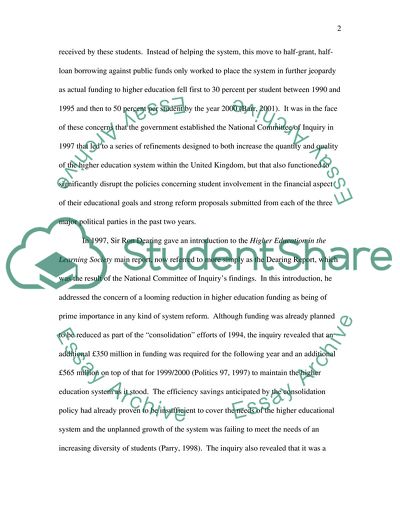Cite this document
(“British Higher Education into the New Millennium Dissertation”, n.d.)
British Higher Education into the New Millennium Dissertation. Retrieved from https://studentshare.org/education/1703030-policy-changes-on-student-grants
British Higher Education into the New Millennium Dissertation. Retrieved from https://studentshare.org/education/1703030-policy-changes-on-student-grants
(British Higher Education into the New Millennium Dissertation)
British Higher Education into the New Millennium Dissertation. https://studentshare.org/education/1703030-policy-changes-on-student-grants.
British Higher Education into the New Millennium Dissertation. https://studentshare.org/education/1703030-policy-changes-on-student-grants.
“British Higher Education into the New Millennium Dissertation”, n.d. https://studentshare.org/education/1703030-policy-changes-on-student-grants.


